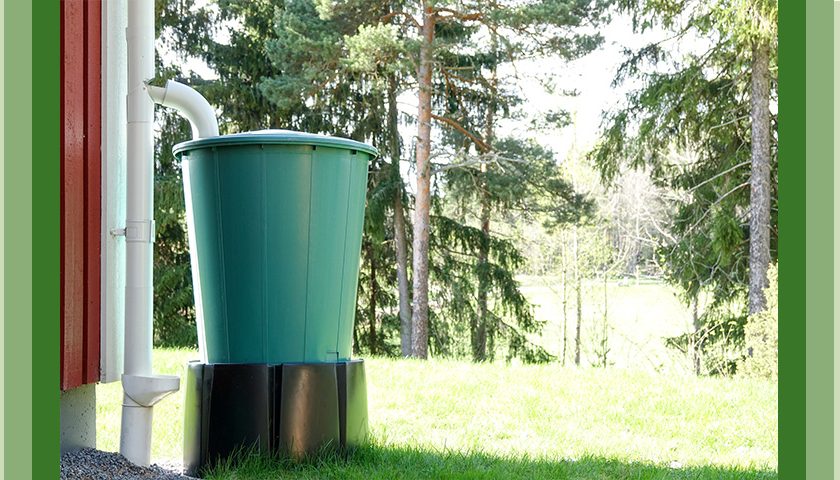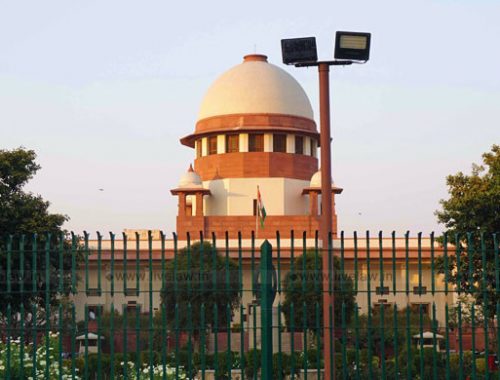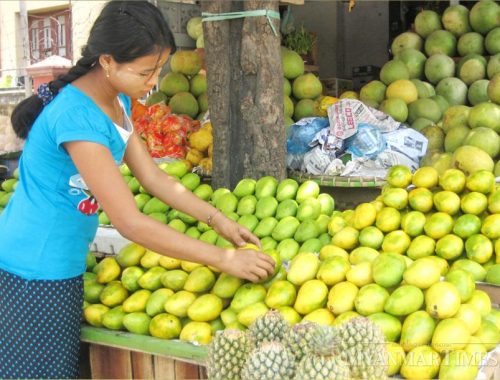Why Rainwater Harvesting is Crucial to Solving India’s Water Woes
India is reeling under the most severe water crisis in its history for several reasons including two consecutive monsoons that failed.
According to a Composite Water Management Index (CWMI) report released by NITI Aayog nearly 600 million people, which is almost 50% of the country’s population, are facing water shortage issues right now.
One of the many options that we have to ease the water shortage issue is implementing rainwater harvesting. Given the critical situation that we are in, it’s now more important than ever to install rainwater harvesting systems and make it a mandatory fixture in houses and apartments.
In this post, we explore the reasons behind the water crisis and how rainwater harvesting can help.
Why is India facing a severe water shortage?
In addition to inadequate monsoons, there are several reasons why India’s water supply is diminishing rapidly.
Depletion of groundwater
According to the UNESCO World Water Development Report, India is the biggest extractor of groundwater in the world, drawing 260 cubic km per year, which is more than China and the US combined. That comes up to 25% of the groundwater extracted globally. With 21 Indian cities expected to run out of groundwater, India is faced with an alarmingly dry future with the need to not just replenish its water sources but also change the way it sources water.
India’s shoddy infrastructure has led to improper distribution and large amounts of water being wasted. Statistics from the Central Water Commission reveal that India receives as much as 4,000 billion cubic metres of rainfall, but only a mere 8% of that is captured efficiently. Leaky pipes, limited or ageing storage infrastructure like dams, and lack of recycling systems like rainwater harvesting have worsened India’s water crisis.
India’s pipelines are notorious for not just being old but also for not being present in hilly terrains or rural areas. Even if there are connections, the supply is highly restricted and is time-bound, making it challenging to access. This, in turn, has given rise to the water mafia, which ensures that water reaches only those who can afford it.
India is fast losing its water bodies to rapid real estate development, environmental degradation, and industrial pollution. The lack of proper wastewater treatment systems has also compounded the issue.
How rainwater harvesting can help
Recycling and reusing water is important, but it needs to be amply supported by rainwater harvesting. No doubt, contaminated lakes and ponds are a big source of precious water, but it is much easier to simply store rainfall. It is more affordable, less time-consuming, and easier to implement than the complicated systems that are required for wastewater treatment.
There are myriad ways in which rainwater can be captured and stored like installing rain barrels with pipes, hanging rain funnelling chains, rooftop containers that channel rainwater into sumps and borewells, and if you have space, then setting up a mini-reservoir in your garden.
Following any of these simple DIY processes can drastically reduce or even eliminate your water bills, and cushion the impact as well as slow down climate change. Most importantly, it can help an entire country quench its thirst with unlimited water.
In her previous life, Swati was a writer and editor for 12 years in the corporate world. She has experience crafting content for various industries ranging from financial services to senior executive hiring to lifestyle. Currently, she is enjoying the challenges that come with being a freelance content professional and entrepreneur. She also finds more time for her passions that include reading, photography, travelling, and running.




